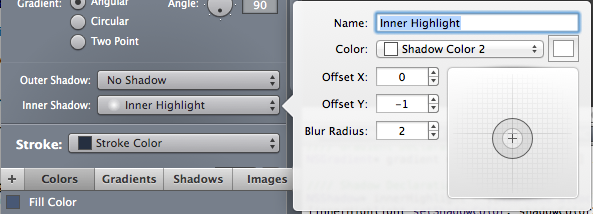
They’re also relatively easy to create and modify. One of the biggest reasons is that by default (or with a few simple modifications), ggplot2 barplots look professional and well designed. I prefer ggplot barplots for a few reasons. Instead of using base R, I strongly recommend using ggplot2 to create your bar charts.

I avoid base R visualizations as much as possible. Having said that, the barcharts from base R are ugly and hard to modify. Using traditional base R, you can create fairly simple bar charts. If you’re doing data science in R, then there will be several different ways to create bar charts. Ultimately, a bar chart enables us to make comparisons between categorical values on the basis of a numeric value. In other cases, the value encoded by the length will be a specific value. Sometimes this value will be a statistical computation, like the mean value for each category or the count of the number of records. The length of the bar represents a value. So typically, when we create a barplot, we have a categorical variable on one axis and a numeric variable on the other axis. In particular, barplots (AKA, bar charts) are very useful for plotting the relationship between a categorical variable and a numeric variable. The barplot (AKA, the bar chart) is a simple but extremely useful data visualization tool. Let’s quickly do a review of barplots and barplots in R. I’ll explain the syntax, and also show you several step-by-step examples.
#PAINTCODE SET FILL COLOR ON VARIABLE HOW TO#
This tutorial will show you how to create a barplot in R with geom_bar (i.e., a ggplot barplot).


 0 kommentar(er)
0 kommentar(er)
